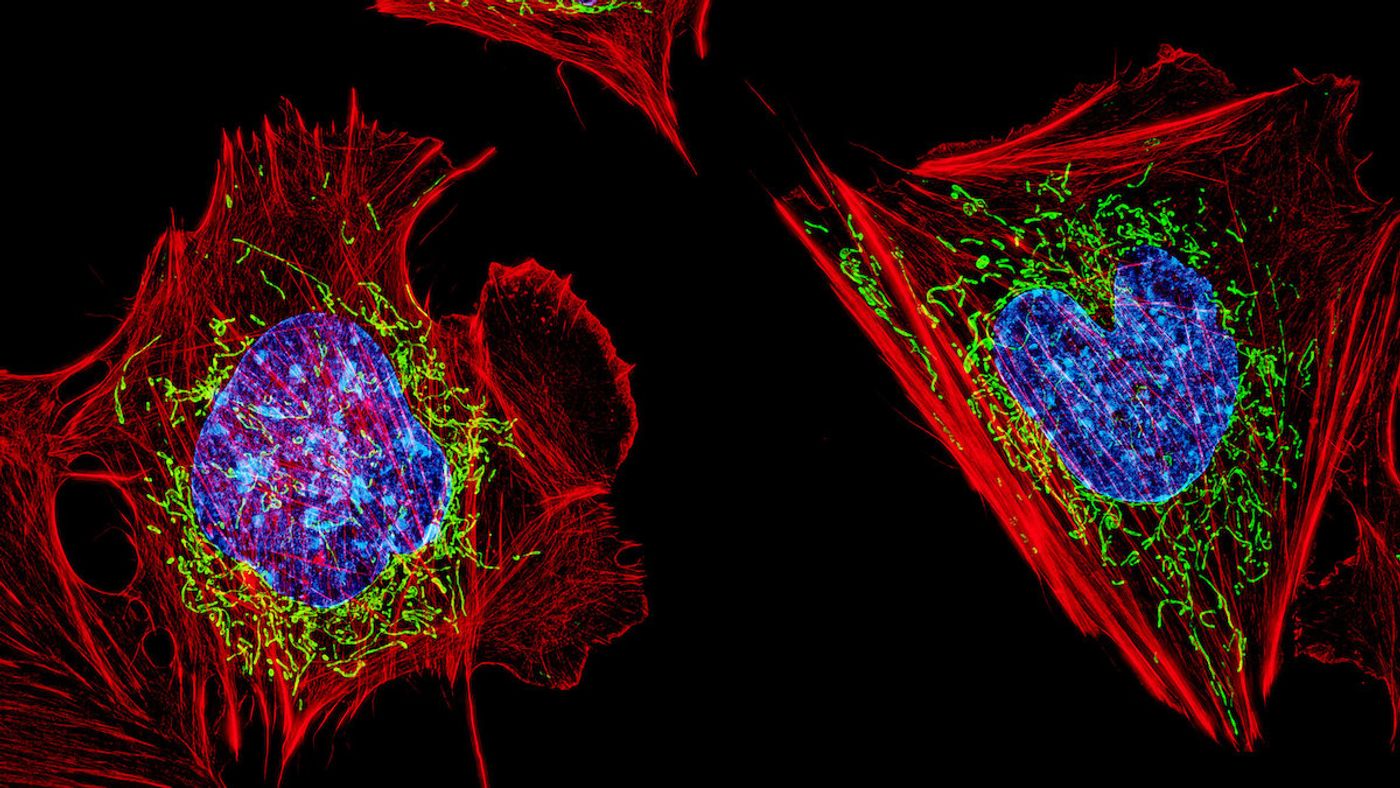Solving the Mystery of Nuclear Speckles
For over one hundred years, scientists have been seeing speckles when they looked at stained nuclei in cells. Now researchers are finally unraveling the mystery of what these structures are. Reporting in Molecular Cell, the scientists have determined that these speckles are involved with controlling gene activity and work with a critical protein called p53 that's known to suppress tumor formation.
“This study shows that nuclear speckles work as major regulators of gene expression, and suggests that they have a role in some cancers,” said study senior author Shelley Berger, Ph.D., the Daniel S. Och University Professor in the Department of Cell and Developmental Biology at the University of Pennsylvania.
The speckles that scientists have seen were known to carry molecules that help transcribe DNA sequences into RNA, and process those molecules into the messenger RNA transcripts that are used by cellular machinery to create proteins. But it's been challenging to elucidate more about the role of these speckles, which are also called interchromatin granule clusters. These 'condensate' structures do not have a membrane, and there are still questions about their structure. A study last year reported in eLife revealed that two proteins called SON and SRRM2 form part of their scaffold.
In this work, the researchers found that speckles apparently help boost the expression of genes by raising the levels of RNA. The speckles can work directly with p53 to increase the activity of some genes that are targeted by p53, which is a transcription factor (that helps regulate the expression of other genes).
Though p53 has long been known to be a transcription factor, this work has shown that nuclear speckles help p53 exert its effect. The protein seems to bring speckles together with its target genes, and when the speckles and genes are in close proximity, the activity of those genes increases significantly. The work also suggested that speckles boost the activity of genes that have very different functions than p53 targets that are not associated with speckles.
“Speckle-associated p53 target genes, compared to other p53 target genes, are more likely to be involved in tumor-suppressing functions such as stopping cell growth and triggering cell suicide,” explained first study author Katherine Alexander, Ph.D., a postdoctoral researcher in the Berger Lab.
There are several kinds of cancer that are associated with mutations in p53; those genetic mutations disrupt the tumor-suppressing function of the p53 protein. Sometimes, p53 mutations actually cause p53 to start driving cancer growth. The study authors want to find out whether speckles are involved in this phenomenon.
“If that proves to be the case, then in principle, we could develop treatments to interfere with this association between p53 and speckles—an association that might turn out to be a real Achilles heel for cancer," said Berger.
Sources: Penn Medicine, Molecular Cell









